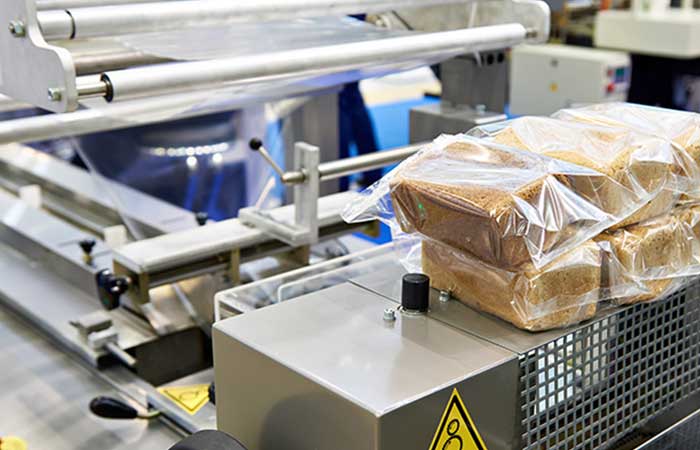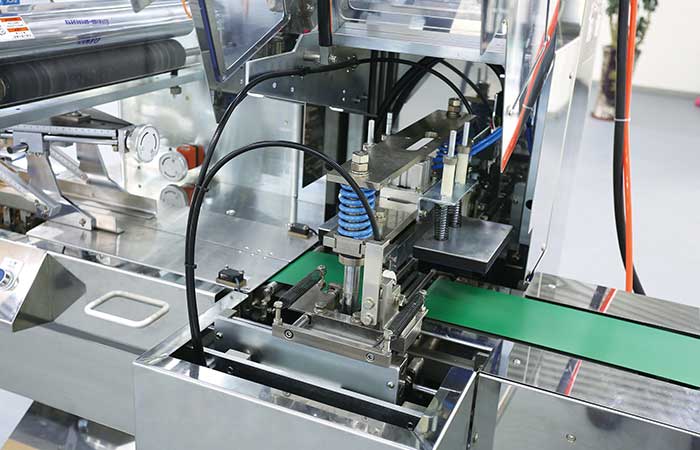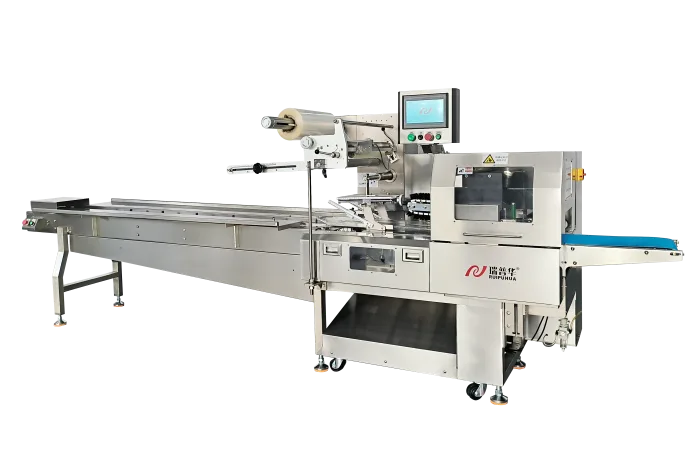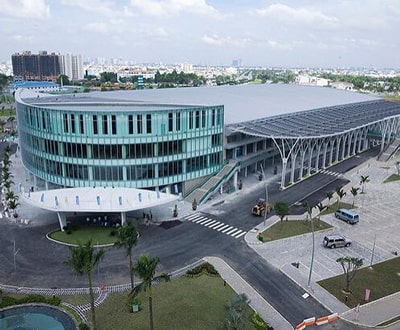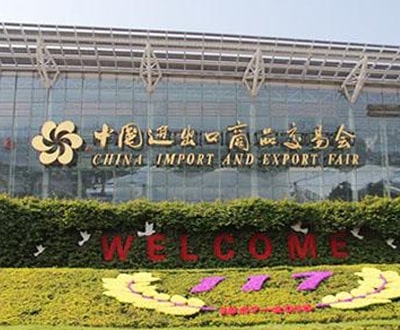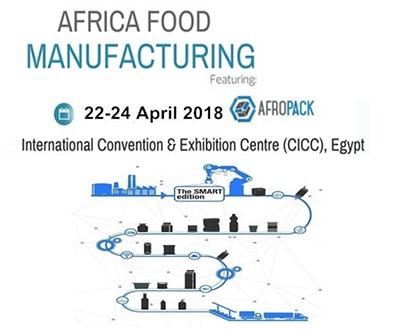National Packaging Solution Strategies for Sustainable Future
National Packaging Solution Strategies for a Sustainable Future
In today’s world, where environmental concerns are at the forefront of global discussions, finding innovative ways to address packaging issues has become a top priority. National packaging solutions play a crucial role in shaping a sustainable future for generations to come. Let’s delve into some effective strategies that countries can adopt to tackle packaging challenges.
1. Implementing Eco-Friendly Materials
One of the fundamental steps towards sustainable packaging is the use of eco-friendly materials. Countries can encourage the adoption of biodegradable packaging materials such as compostable plastics, recycled paper, and plant-based alternatives. By reducing the reliance on traditional plastics, nations can significantly minimize the environmental impact of packaging waste.
2. Promoting Extended Producer Responsibility
Enforcing extended producer responsibility (EPR) laws is essential in holding manufacturers accountable for the entire lifecycle of their products, including packaging. National governments can impose regulations that require producers to take back and recycle packaging waste, promoting a circular economy model and reducing the burden on landfills.
3. Investing in Recycling Infrastructure
Building robust recycling infrastructure is key to managing packaging waste effectively. Countries can invest in advanced recycling facilities, collection systems, and public awareness campaigns to encourage proper waste disposal practices. By enhancing recycling capabilities, nations can boost their overall sustainability efforts.
4. Encouraging Minimalist Packaging Design
Promoting minimalist packaging design helps reduce the use of excessive materials and unnecessary packaging components. National policies can incentivize companies to embrace minimalist approaches that prioritize functionality and sustainability. By focusing on essential packaging elements, countries can cut down on waste generation and lower their environmental footprint.
5. Collaborating with Stakeholders
Collaboration between governments, businesses, and consumers is vital in driving impactful change in the packaging industry. National packaging solutions should involve partnerships with stakeholders across the supply chain to develop innovative strategies, share best practices, and foster a culture of environmental responsibility.
6. Embracing Digital Transformation
Advancements in technology offer new opportunities for revolutionizing packaging practices. Countries can leverage digital solutions such as smart packaging, blockchain traceability, and data analytics to enhance transparency, track packaging waste flows, and optimize resource utilization. Embracing digital transformation can lead to more efficient and sustainable packaging systems.
By implementing these national packaging solution strategies, countries can pave the way for a more sustainable and environmentally conscious future. Building a circular economy where packaging materials are reused, recycled, or composted is essential for reducing waste, conserving resources, and mitigating the impact of packaging on the planet. Let’s work together towards creating a greener and more resilient packaging landscape for the generations ahead.
-
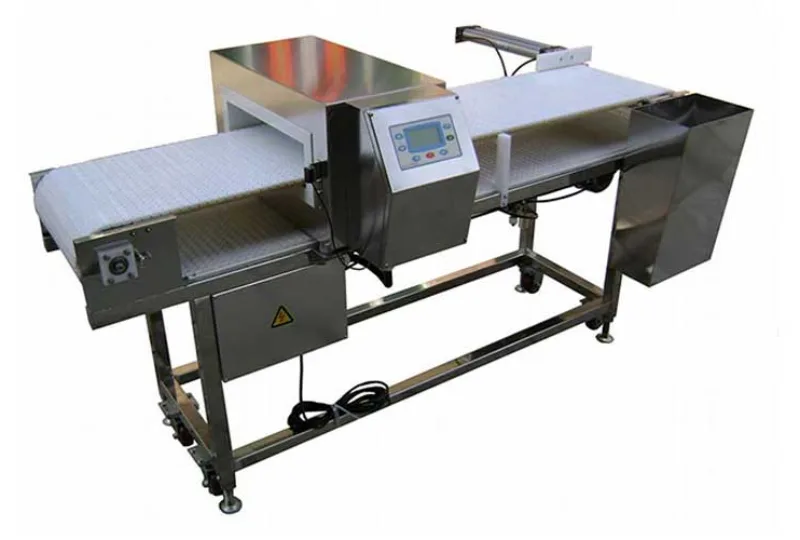 01
01Reliable Food Packaging Solutions with China Bread, Candy, and Biscuit Machines
11-10-2025 -
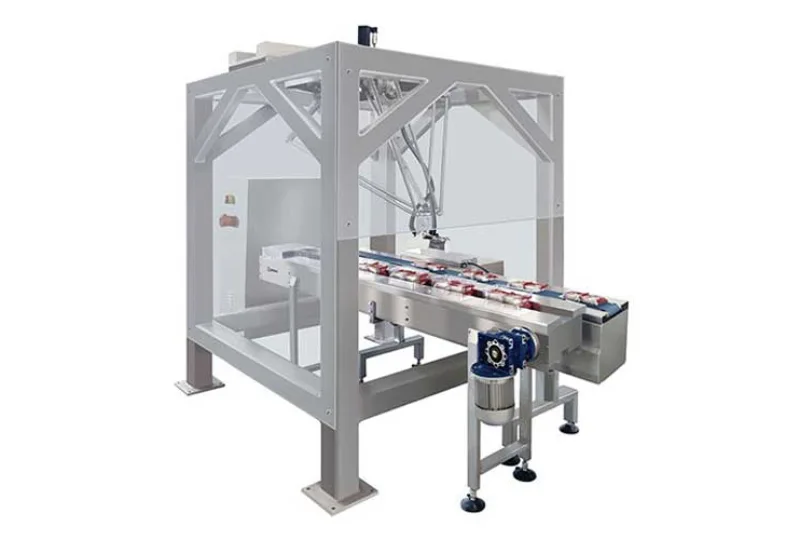 02
02High-Performance Automated Food Packaging Equipment for Modern Production
11-10-2025 -
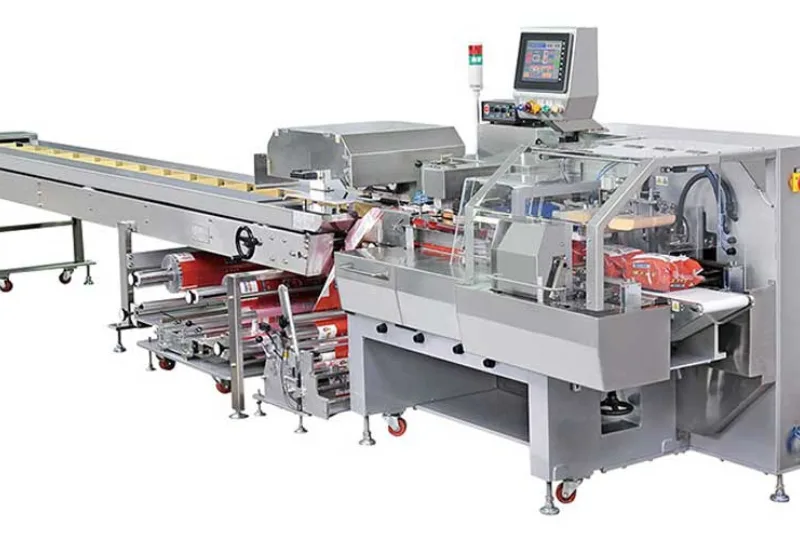 03
03Reliable Pillow Packing Machines for Efficient Packaging Operations
11-10-2025 -
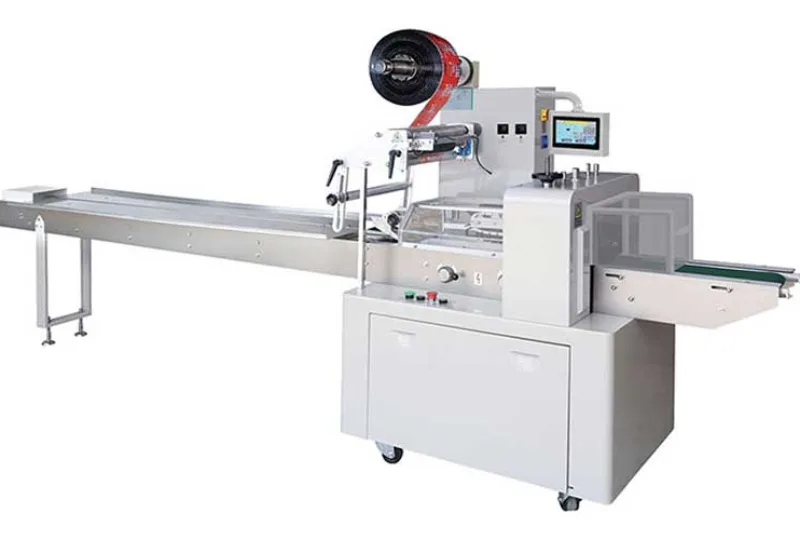 04
04Advanced Fully Automatic Packaging Solutions for Efficient Production
11-10-2025 -
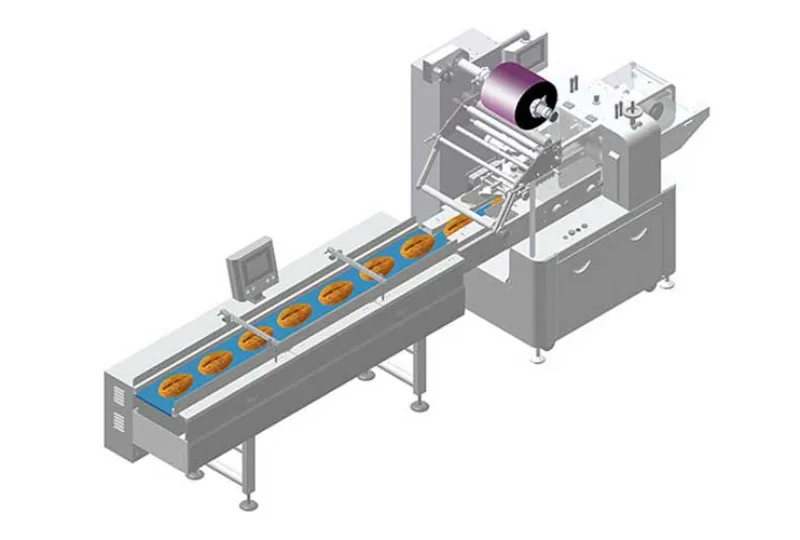 05
05Efficient Automatic Food Packaging Solutions for Modern Production
11-10-2025 -
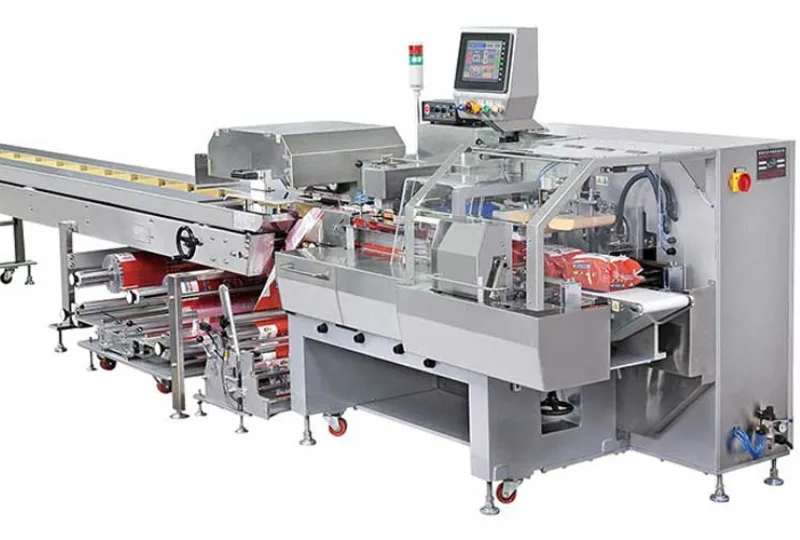 06
06Advanced Automatic Packaging Equipment for Efficient Production
11-10-2025 -
 07
07China Bread Sealing Machine and Packaging Solutions
26-09-2025 -
 08
08Food Packing Machine Manufacturer: Innovative Solutions for Modern Food Packaging
26-09-2025 -
 09
09Pillow Packing Machine Factory: Reliable Solutions for Efficient Packaging
26-09-2025 -
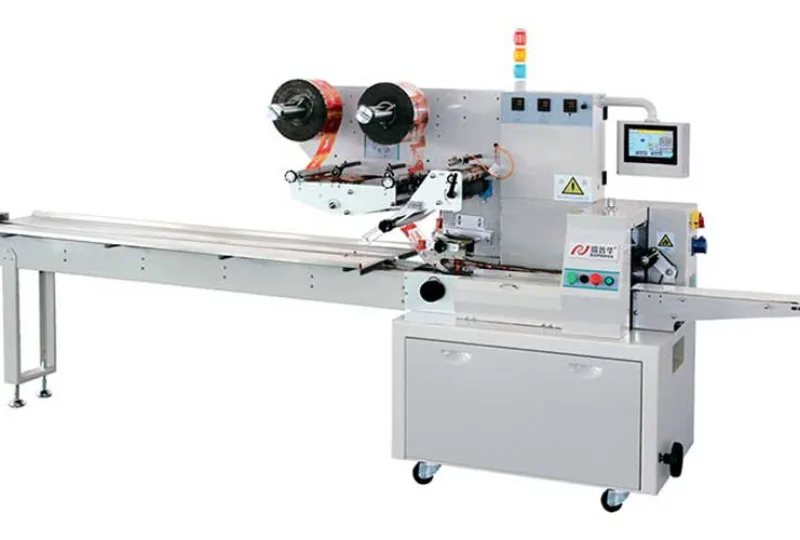 10
10Streamlining Food Packaging with Automatic Machines and Palletizers
16-09-2025



